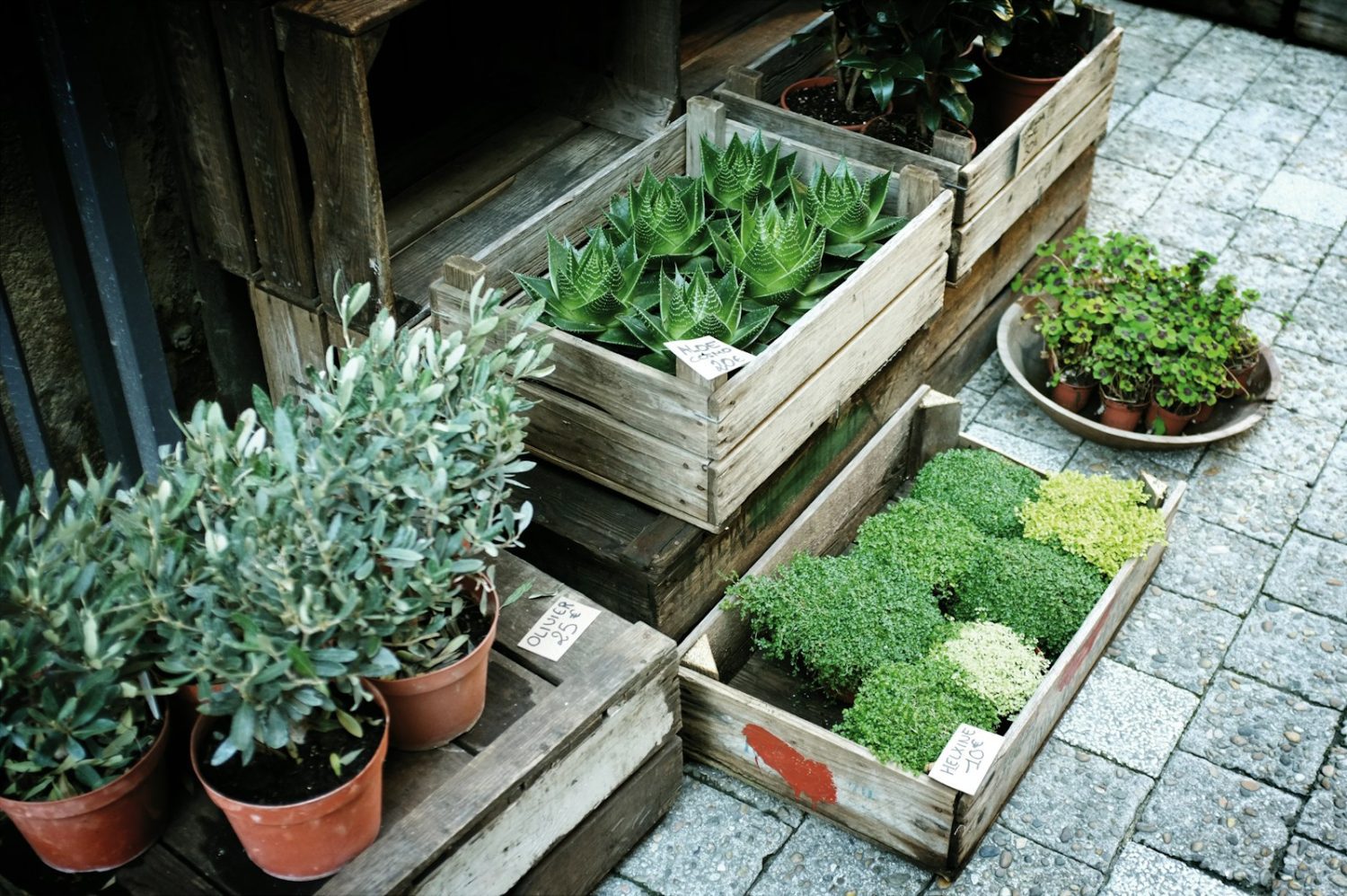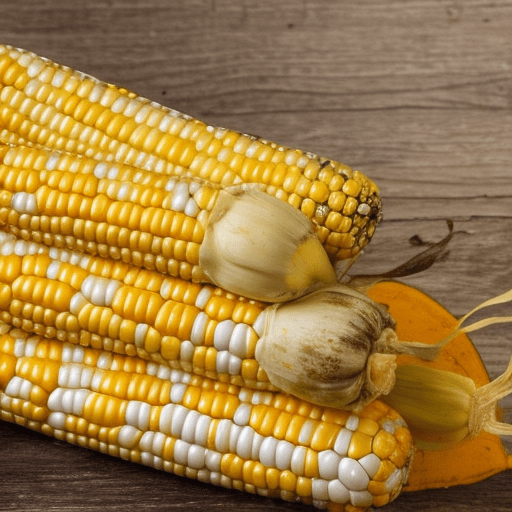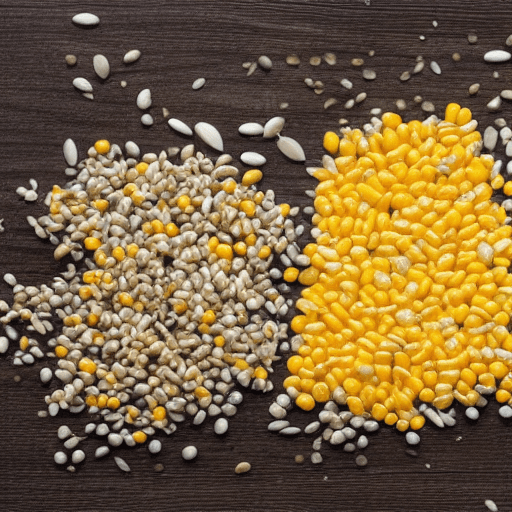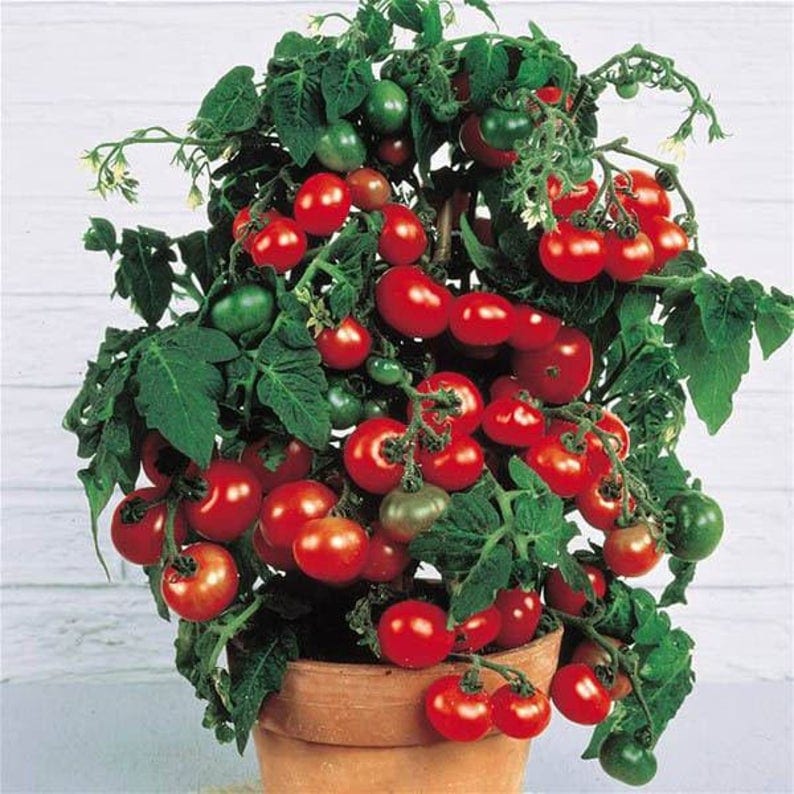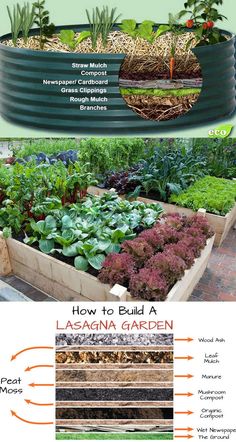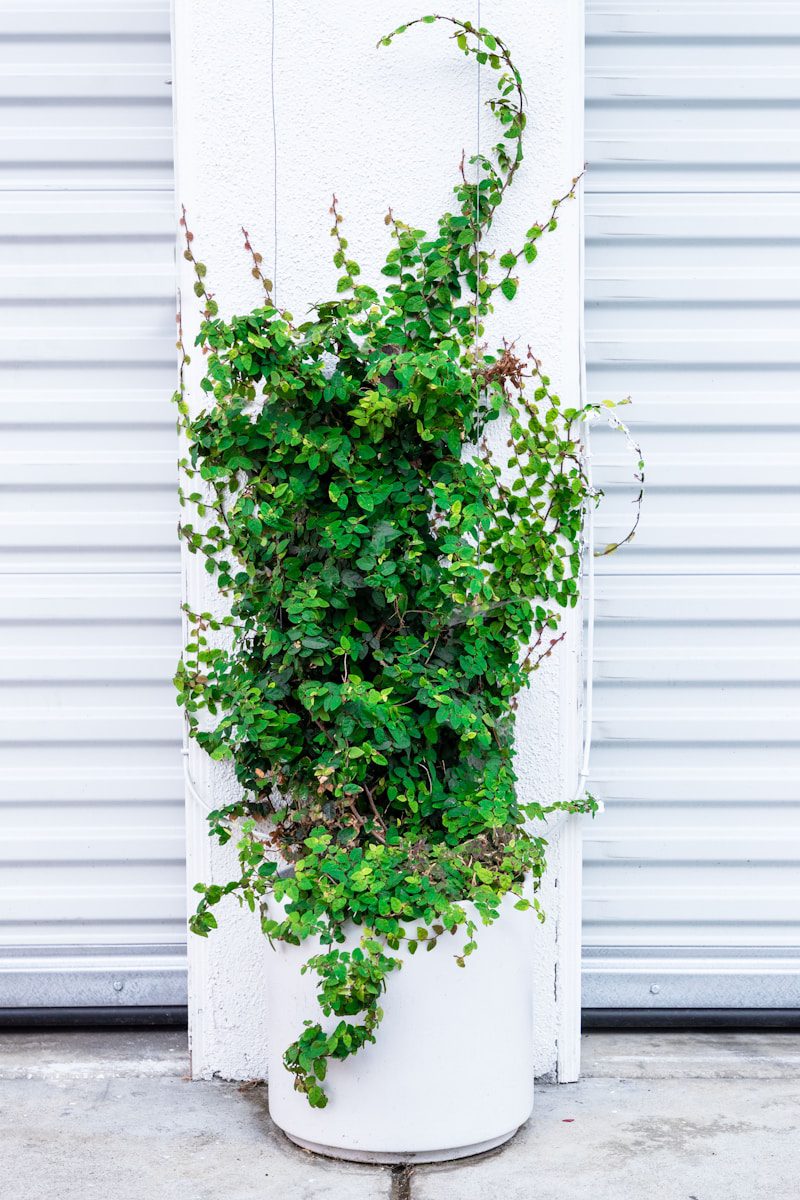
Gardening is one of life’s greatest joys. But what happens when space is limited? Balconies, small backyards, and patios often feel too tight for a full garden. The good news is this: vertical gardening transforms even the smallest corner into a thriving green sanctuary. By growing upward instead of outward, you can turn bare walls, fences, and railings into lush spaces bursting with flowers, herbs, and even vegetables.
This approach is more than just a clever trick for saving room. It’s a fresh way to see your space. It opens doors to creativity, beauty, and plenty of harvests—no matter how small your square footage may be.
Why Vertical Gardening Is a Game Changer
When we picture a traditional garden, we often imagine rows of plants spread across a flat patch of soil. Vertical gardening flips that picture on its head. Instead of sprawling outward, plants climb upward. This shift brings many benefits that go far beyond saving space.
Make the Most of Every Inch
Small yards and balconies often go unused because they feel too cramped for traditional gardens. Vertical gardening turns walls, fences, and even posts into growing opportunities. Suddenly, a plain fence becomes a wall of tomatoes. A railing becomes a row of herbs. A blank side of your house becomes a flower-filled canvas.
Less Bending and Easier Care
When plants are elevated, tending them feels easier. Watering, pruning, and harvesting happen at eye level. No constant stooping. No aching knees. This makes vertical gardens ideal for anyone who wants low-impact gardening, including older adults and people with mobility challenges.
Better Airflow and Healthier Plants
Plants grown vertically enjoy improved airflow. Leaves dry faster after rain or watering, which reduces the risk of fungal diseases. Plus, sunlight reaches all sides of the plant. This results in stronger growth, fewer pests, and higher yields.
A Natural Privacy Screen
Tall vertical gardens double as living walls that block views and muffle noise. They can create a sense of seclusion on a busy street or apartment balcony. Instead of plain fencing, imagine a vibrant wall of greenery swaying gently in the breeze.
Choosing the Right Plants for Vertical Gardens
Not every plant loves growing upward, so choosing the right varieties is key. Thankfully, many common favorites adapt beautifully to vertical systems.
Herbs and Compact Edibles
Herbs like basil, parsley, oregano, and thyme are perfect for vertical planters. They stay small, thrive in containers, and offer fresh flavor just steps from your kitchen. Leafy greens—such as spinach, lettuce, and arugula—also do well in shallow soil and vertical pockets.
Climbing Vegetables and Fruits
Vining plants are natural stars of vertical gardens. Tomatoes, cucumbers, pole beans, and peas happily climb trellises or netting. Strawberries, with their cascading habit, spill beautifully from hanging towers or wall-mounted pouches.
Ornamental Flowers
Colorful flowers like nasturtiums, petunias, morning glories, and sweet peas add beauty and attract pollinators. For dramatic foliage, try ferns or trailing ivy, which soften walls and railings with cascading greenery.
Succulents for Low Watering Needs
For sunny spots, succulents are unbeatable. Varieties like hens-and-chicks or trailing sedum thrive in wall planters with minimal care. Their sculptural forms bring unique texture and color.
Creative Structures for Growing Upward
Vertical gardening thrives on creativity. You don’t need expensive materials—often, everyday objects transform into brilliant growing systems.
Trellises and Arches
Classic trellises give climbing plants a strong support. Place them along fences or as entry arches to guide vines upward. Materials range from rustic wood to lightweight metal, letting you match your garden’s style.
Hanging Planters
Baskets, mason jars, and fabric pockets suspend from railings or hooks. They create layers of plants at varying heights, adding depth and interest. Hanging planters also work indoors near sunny windows.
Pallet Gardens
Wooden shipping pallets, often free or inexpensive, easily convert into vertical planters. Attach landscape fabric to the back and sides, fill with soil, and plant herbs or flowers in the slats. They’re ideal for balconies or patios with limited ground space.
Tower Gardens
Stackable planters or garden towers grow dozens of plants in a footprint no bigger than a barrel. Some systems even include built-in watering, making them perfect for beginners.
Living Walls
For the ultimate statement, create a living wall. Modular panels or felt pockets mount directly onto fences or exterior walls. These dense plantings turn blank surfaces into lush vertical meadows.
Building Your Vertical Garden Step by Step
Starting a vertical garden doesn’t have to be overwhelming. Follow a simple process to ensure success.
Step 1: Assess Your Space
Look at walls, fences, and railings. Notice how much sun or shade each spot gets throughout the day. Full-sun plants like tomatoes need at least six hours of light. Shade-tolerant plants, like ferns or lettuce, thrive with less.
Step 2: Select the Right Structure
Choose a support that fits your style and budget. Simple trellises work for vines. Pallets or pocket planters suit herbs and compact greens. For bigger harvests, tower gardens maximize planting area.
Step 3: Prepare Soil and Containers
Use high-quality potting mix. It should be lightweight and well-draining. If repurposing containers, make sure they have drainage holes. Adding compost or slow-release fertilizer supports healthy growth.
Step 4: Plant Thoughtfully
Arrange plants so taller varieties won’t block shorter ones from sunlight. Group plants with similar water and light needs together. In mixed displays, trailing plants can soften edges while upright plants add height.
Step 5: Water and Maintain
Vertical gardens dry out faster than ground-level beds. Check moisture often, especially in summer. A drip irrigation system or self-watering planters can save time and effort. Regularly prune and harvest to encourage new growth and prevent overcrowding.
Solving Common Vertical Gardening Challenges
Even with careful planning, vertical gardening presents unique challenges. Here’s how to handle the most common issues.
Uneven Watering
Water tends to flow downward, leaving top plants dry and bottom plants soggy. Solve this by using self-watering systems or adding moisture-retaining materials like coconut coir to your soil mix.
Weight Concerns
Soil and water add significant weight to vertical planters. Always check that walls, fences, or railings can safely support your setup. Lightweight containers and soil mixes reduce strain.
Wind Exposure
Vertical gardens are often more exposed to wind, which can dry out or damage plants. Choose sturdy supports and consider wind-tolerant plants like kale, chard, or ivy.
Seasonal Changes
Outdoor vertical gardens face seasonal shifts. In colder months, protect perennials or bring containers indoors. Modular systems make it easy to move plants when temperatures drop.
Adding Beauty and Personality to Your Garden
Vertical gardens don’t just grow food or flowers. They add art and personality to your home.
- Colorful Containers: Mix bright pots or painted pallets to create cheerful displays.
- Pattern Planting: Alternate flower colors or leaf shapes for a striking mosaic effect.
- Lighting: String fairy lights or lanterns through vertical gardens for magical evenings.
- Mix Textures: Combine trailing vines with upright plants for dynamic layers.
Even a simple herb wall can become a living masterpiece when thoughtfully arranged.
The Eco-Friendly Bonus
Vertical gardens do more than save space. They help the planet too. Green walls insulate buildings, reducing heating and cooling needs. Plants filter air, absorb carbon dioxide, and invite pollinators like bees and butterflies. In cities, they soften hardscapes and reconnect us with nature.
For those who crave fresh produce, vertical gardening reduces trips to the store and cuts packaging waste. Fresh basil, picked right outside your window, tastes even better knowing it grew without pesticides or transport miles.
Inspiring Spaces to Learn From
Around the world, people transform tiny corners into lush retreats. Urban balconies overflow with strawberries in Japan. Rooftops in New York City grow cucumbers and peppers against skyline views. Even narrow alleyways in Europe burst with hanging baskets and cascading geraniums.
These spaces remind us that gardening is not limited by square footage—it’s fueled by creativity and care. When you think vertically, possibilities multiply.
Elevate Your Growing Journey
Vertical gardening turns limitations into opportunities. It lets us grow food, flowers, and beauty in spaces we once thought too small. It simplifies care, adds privacy, and even boosts the health of plants. But most of all, it sparks joy—seeing life climb toward the sun, thriving where we least expected.
Whether you start with a single hanging basket or a full living wall, every upward step opens new horizons for creativity and harvest.
Growing Upward, Living Fully
With vertical gardening, every inch matters. Walls become gardens. Fences become food sources. Balconies become havens. This shift in perspective transforms how we see our homes and ourselves. It invites us to grow, reach higher, and find abundance—even in the smallest spaces.

